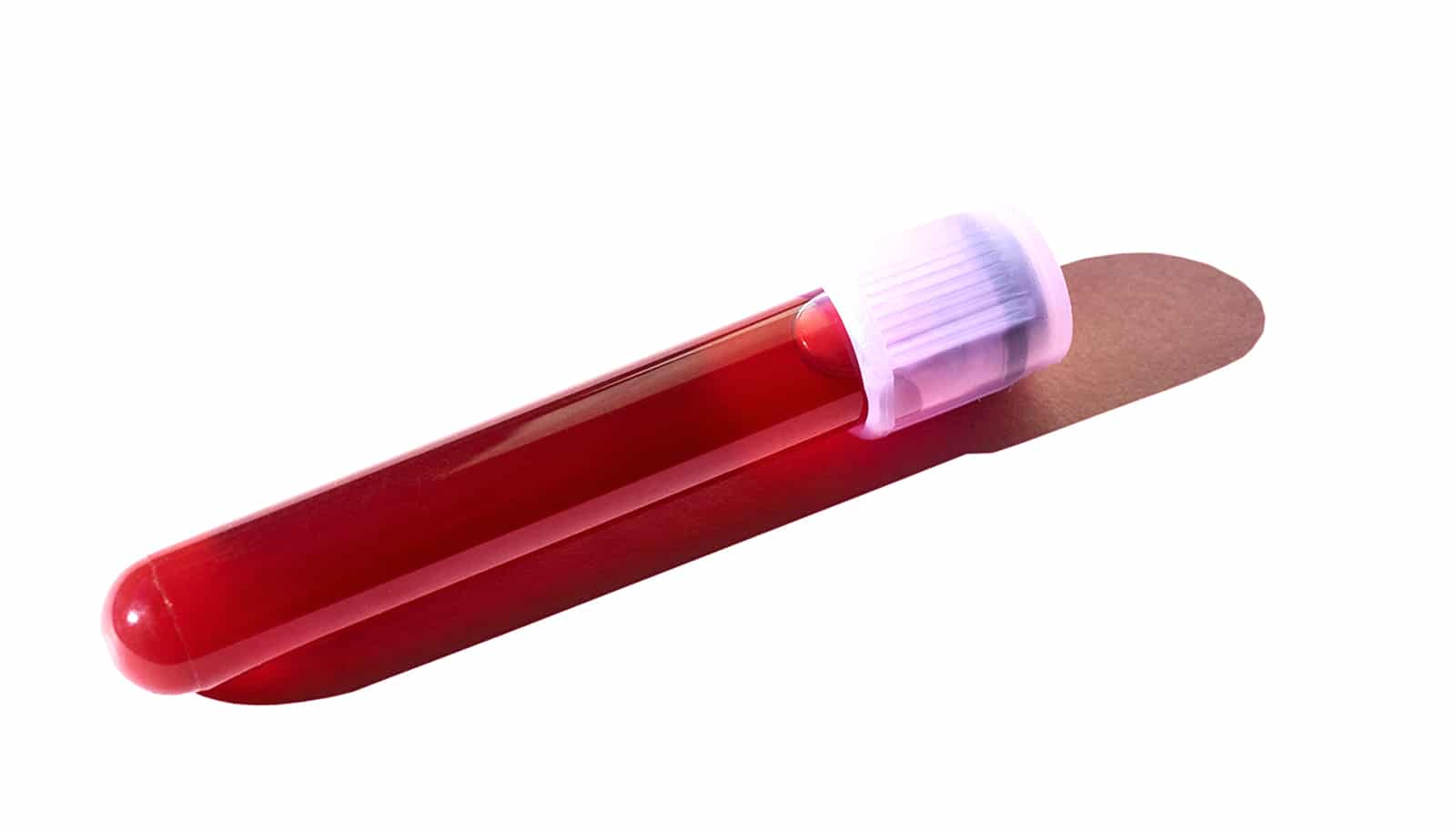Chemists have synthesized a complex, potentially cancer-fighting molecule found in sea sponges discovered off the coast of South Korea.
The work, described in the journal Science, sets the stage for identifying the active biological mechanism of gukulenin A, an intricate, much-heralded molecule—first isolated from the marine sponge Phorbas gukhulensis in 2010—that may have applications in chemotherapy.
“This molecule is highly complex, and the synthetic version is the most complex structure my lab has created to date,” says Seth Herzon, a professor of chemistry at Yale and senior author of the new study.
Herzon is a member of the Yale Cancer Center and holds joint appointments in the departments of pharmacology and therapeutic radiology at Yale School of Medicine.
Several gukulenins have demonstrated anti-cancer properties. The potential effectiveness of gukulenin A was highlighted in a 2019 animal model of ovarian cancer. Yet over the past 14 years, no research group has been able to synthesize gukulenin A in the lab.
The molecule’s structure is highly difficult to recreate in the laboratory, Herzon says. It is filled with challenges for a researcher to overcome: two aromatic “troplone” rings (reactive, seven-membered rings with single and double bonds that alternate), nine stereogenic centers (a carbon atoms with four different substituents bonded to it), and several unstable and reactive functional groups that could stop a synthesis instantly.
To overcome these challenges, Herzon’s group devised a synthetic route to create gukulenin A in 24 steps. Along the way, the team had to develop three new methods for the synthesis of tropolones and design a two-carbon “linchpin” reagent (a molecule with two reactive sites) to unite the two tropolone rings.
“These methods not only kept our synthesis short, but also made it modular,” says lead researcher Vaani Gupta, a fourth-year student in Yale’s Graduate School of Arts and Sciences and a member of Herzon’s lab. “We were able to leverage this modularity to access several derivatives of gukulenin A.”
The researchers synthesized 15 gukulenin derivatives and evaluated their anti-cancer properties. Each derivative was designed to examine the relationship between a specific aspect of the molecule’s structure and anticancer activity.
Using this method, the team determined that certain residues in gukulenin A are necessary to achieve potent anti-cancer effects, while other substructures are dispensable. This information helped the researchers design a simpler structure that retained the molecule’s therapeutic potency.
“This work will allow us to identify the biological mechanism underlying the anti-cancer activity of gukulenin A and evaluate simplified synthetic analogs in preclinical studies to assess their potential as novel chemotherapies,” Herzon says.
Funding for the research came from the National Institutes of Health.
Source: Yale



